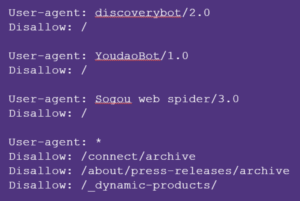The Latest AI News from STM
Inside STM’s November visit to Japan: key themes, takeaways & what’s next
In early November, STM CEO Caroline Sutton spent several days in Tokyo meeting with funders, government leaders, research agencies, and publishing groups — alongside delegates from STM’s Japan Chapter. As in last year’s visit, the conversations were productive, wide-ranging, and grounded in strong local partnerships. And while open science dominated the agenda in 2024, this year the spotlight had clearly shifted to AI, research integrity, and the evolving policy landscape in Japan.
Government: A New Five-Year Plan and a Changing Landscape
One of the most important conversations took place with Professor Kohei Miyazono, the new Chief Executive Member of Japan’s Council for Science, Technology and Innovation. With his background as a journal editor and society president, he brings a nuanced understanding of scholarly publishing to the table.
Japan’s next Five-Year Plan

Announcing the selected presenters for the upcoming STM Innovator Fair
Meet the 14 startups and companies selected to present at this year’s STM Innovator Fair – a cornerstone of the upcoming STM Innovation & Integrity Days in London, 9-10 December. Selected from a record-breaking number of submissions this year, these innovators showcase some of the most promising technologies and ideas shaping the future of trusted...

Just launched: the STM AI Portal
AI & Trusted Research How AI shapes — and is shaped by — the academic record From accelerating drug development to enabling green technologies, AI holds extraordinary promise for science — but it also introduces real risks, from AI-generated misinformation to large-scale manipulation of the academic record. As the pace of change accelerates, publishers and...


 JOIN
JOIN

